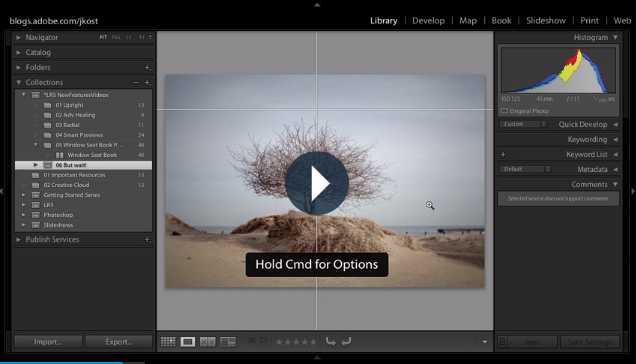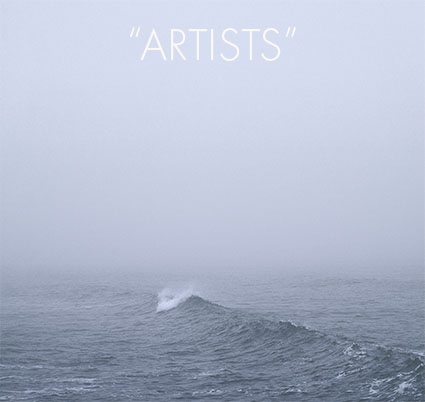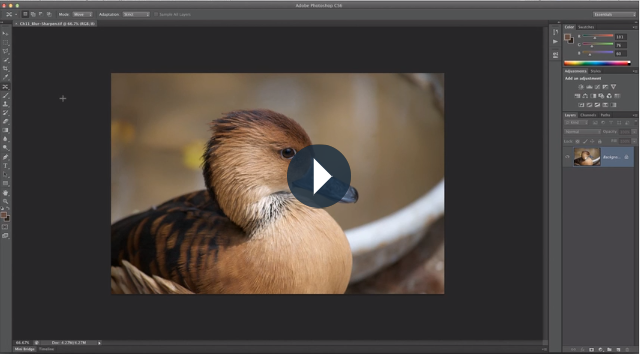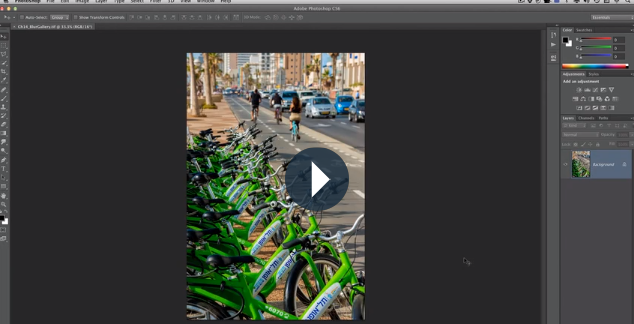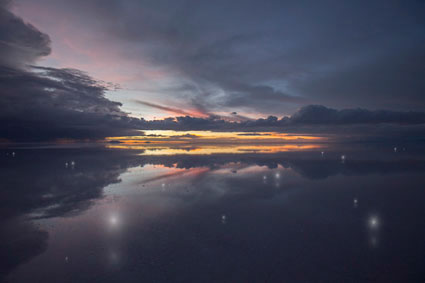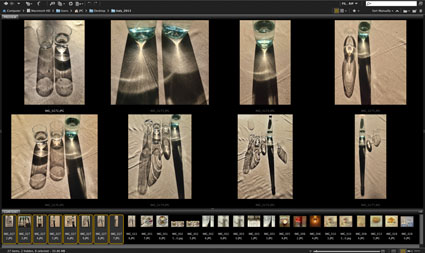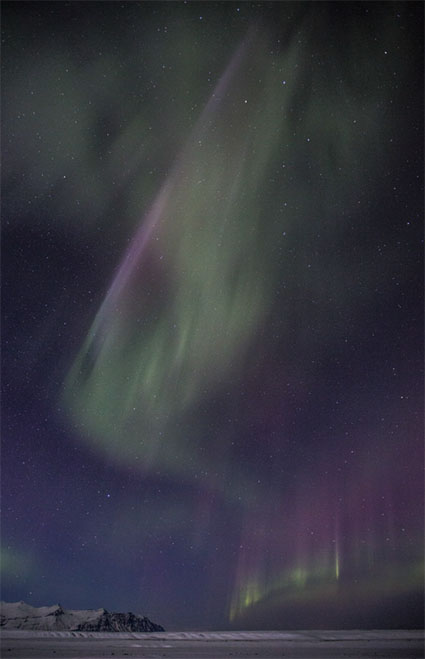
Illumination XXVI, Jokulsarlon, Iceland, 2012
French microbiologist Louis Pasteur famously remarked, “Chance favors the prepared.” Just showing up doesn’t guarantee success. You can stack the deck in your favor by being prepared. To be prepared you have to find answers to a lot of questions – or at the very least know what questions to ask … like where to go, when to go, how long to stay, what to bring, how to use what you bring, what you hope to accomplish, what your priorities are, and what you bring to the situation that is unique, for starters.
To get this image (and others like it), I had to do a lot of preparation. I thoroughly understood the subject; following Yogi Bhajan’s advice ““If you want to learn something, read. If you want to understand something, write. If you want to master something, teach.” I had done all three. I was in the right place; Iceland is on the auroral oval. I was there at the right time: as Iceland is just south of the arctic circle, skies are dark enough for a long enough period of time at only certain times of the year. I brought the right equipment; a sturdy tripod with a good mount and a fast lens were essential, plus there was new game changing camera technology that generated less noise at higher ISOs, which would open up new possibilities. I knew how to use the equipment; using your camera in the dark and focusing on a star doesn’t become fluid without some practice. I performed relevant tests to find out how much time it took before stars trailed and how high I could dial my camera’s sensitivity up before without getting objectionable levels of noise. I learned from my failures; after careful examination of images from the previous week I found out how shallow the depth of field or focus was at very fast apertures and that certain lenses produced unacceptable artifacts. I took stock of my community’s previous accomplishments; I looked at a lot of images of auroras, identifying what made some more successful than others. I made some time for self-reflection; I noted what was likely to make my images more authentic and what would make them more likely to stand out from others’ images, either on their own or through their relation to my other work, and I prioritized what I wanted to accomplish. All of this preparation contributed to my being able to work quickly and make the most of each passing moment in a focused way that was most likely to generate results that were relevant to satisfying my goals.
It was so easy to make dramatic images that night and there were so many other photographers making images around me that the bar was raised, which called me to succeed not just on others’ terms but more importantly on my own terms and not just once but multiple times.
Some preparation is specific to a task and/or a moment. A great deal of preparation is more general and cumulative. Often, one builds on the other. Author Malcolm Gladwell suggests that mastery comes when we put in 10,000 hours. Even if you haven’t put in the 10,000 hours to achieve general mastery you can still master the moment; and if you have put in the time, you’ll be able to master many more moments. I’ve often been asked, “How long does it take you to make an image?” I answer, “Anywhere from 15 minutes to 6 months – but the real answer is 47 years and counting.”
Questions
How many kinds of preparation do you need to do – physical, mental, emotional, communal? Why?
What kind of preparation do you need to do the most/least of? Why?
At what point do you get diminishing returns from continued preparation?
Can you be overprepared?
When does preparation become avoidance?
Find out more about this image here.
View more related images here.
Read more The Stories Behind The Images here.


